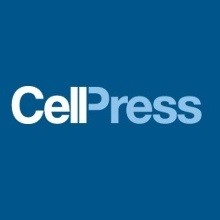
تعامل بین پاتوژن های تنفسی و مخاط
Main Text
Acknowledgments
References
Article Info
Figures
Tables
Related Articles
Comments
Introduction
The classical roles of respiratory mucus are to maintain the hydration of the respiratory tract and to act as a protective barrier against the external environment by trapping particulate matter, including pathogens. Trapped matter can then be expelled from the airways by mucociliary clearance, the rhythmic beating of cilia bundles on the airway epithelium. It is now clear that this classical model is not complete and that mucus is a complicated, multicomponent secretion with numerous functions. The functions of respiratory mucus now include immune response regulation, the presentation of molecules that are inhibitory to pathogens, the regulation of cell differentiation and proliferation, and the maintenance of the barrier function of the epithelium.
Respiratory tract mucus is the first interaction that inhaled agents have with a potential new host. Accordingly, this mucus layer can determine the infectivity, and potentially the transmissibility, of respiratory pathogens including influenza viruses, respiratory syncytial virus (RSV) and rhinoviruses as well as pathogenic lung colonization by the opportunistic bacterial pathogen Pseudomonas aeruginosa (PA), particularly in patients with cystic fibrosis (CF). Here, we review the current understanding of respiratory tract mucus and its interactions with respiratory pathogens. We pay particular attention to studies investigating the interactions between influenza viruses and mucus and their importance in understanding influenza virus pathogenesis and host-range restriction.
